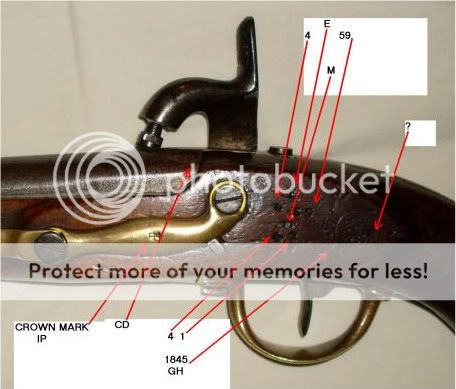Hello everyone,
I am hoping that you folks could help me with this piece I bought a while back. It came to me through a gunsmith friend from an estate and since the owner had died the history of it was lost. I am trying to find out more about it, what its value may be and most importantly how to preserve it correctly. What I know is that it started off as a flintlock and was converted to percussion. I know that it was a British naval gun and at some point was transferred to the US military. It is in good working order, the percussion nipple is in like new condition and is threaded and there is no rust that I can see. There are several marking on the it that I will try to describe, but please excuse me if I get some of the nomenclature wrong as I am more of a modern gun guy and new to the old world tech.
Along the back strap it is marked “M 1821”. Most of the brass fittings are marked with a crown over “IP”. The barrel is marked with a small “CD” at the breach. The hammer has a small mark that looks like a crown over a “5” and its retaining screw has a mark that looks like a “5” or an “S”. The plate under the hammer is marked with a crown over an “S” over a “21”. On the opposite side of the hammer at the top of the stock there are several marks that I believe are inspectors marks from the top down they are “E” “4” “59” “M” and “41” It then has a circular stamp with “GH” in the middle and “1845” in the outer ring. There are a few other marks that are hard to make out or are symbols. My guess is the caliber is 60-64, but I’m sure how to tell for sure.
I don’t really have a desire to fire this one, but I would like to keep it clean and the fitting bright and shinny. So as the experts what should I use to keep it maintained? What’s my best avenue for tracking down its history and does anyone have a guess as to what this might be worth? Just wondering if I paid too much or too little.
Thank you for any info you can give me.
Jim
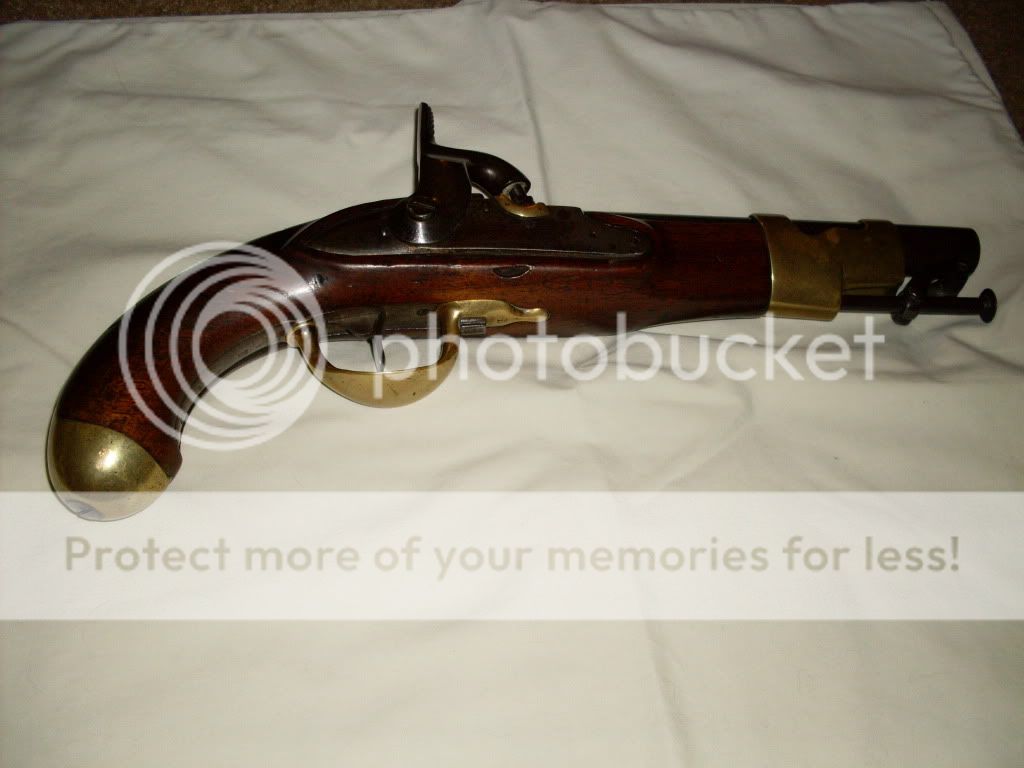
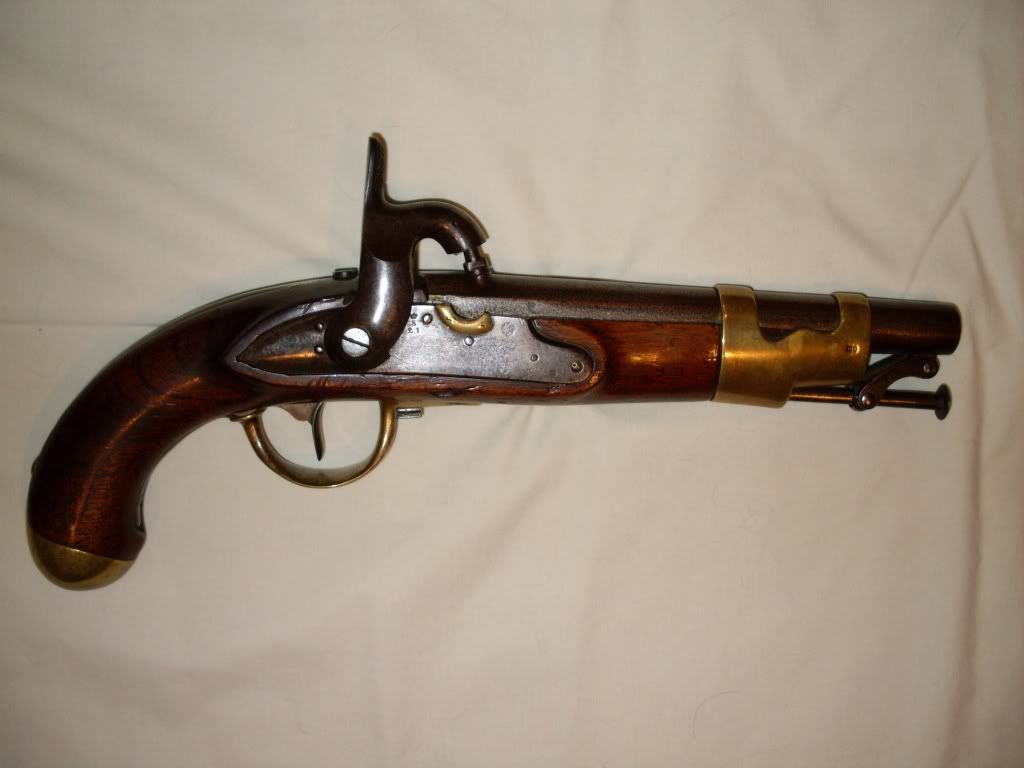
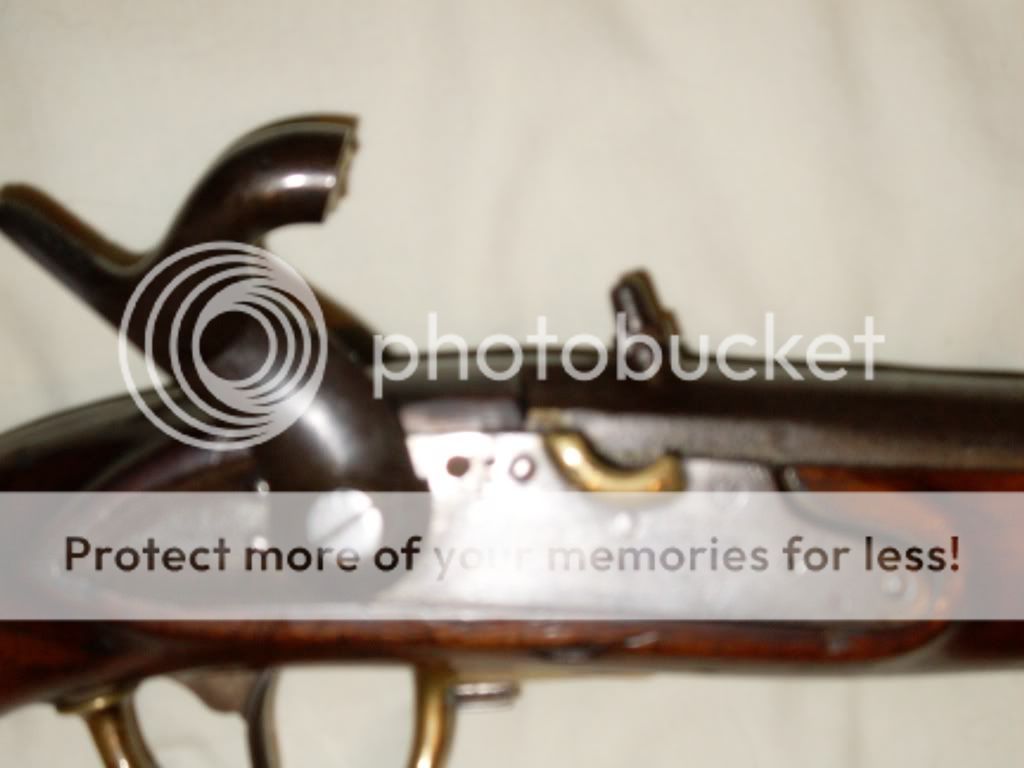
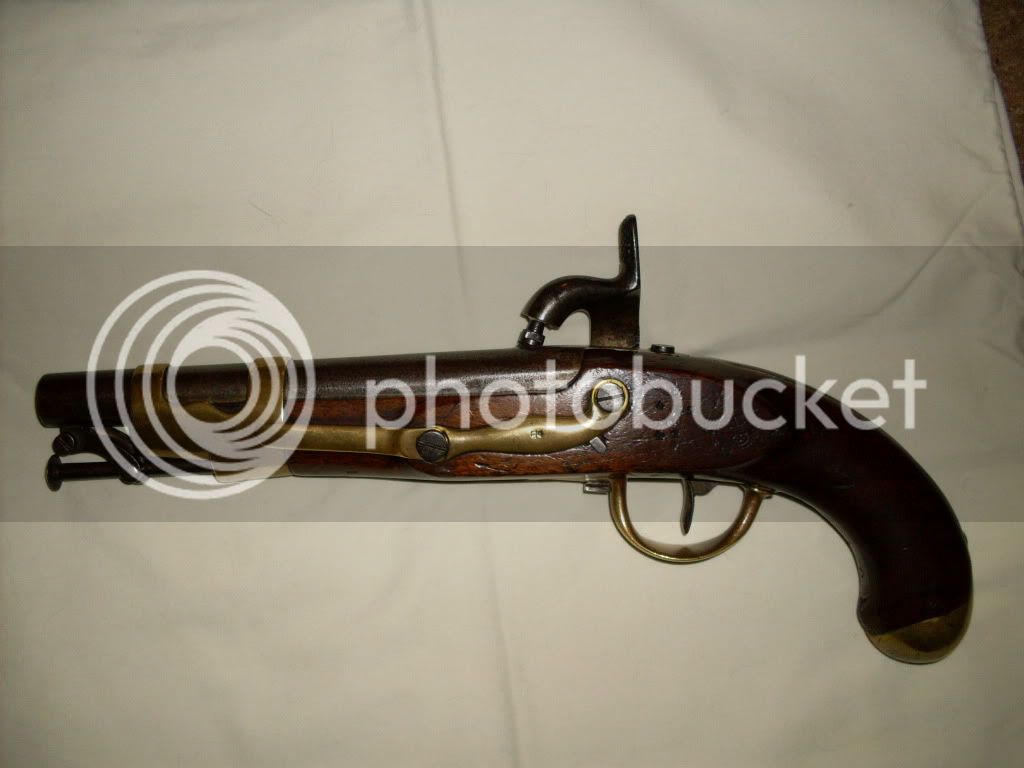
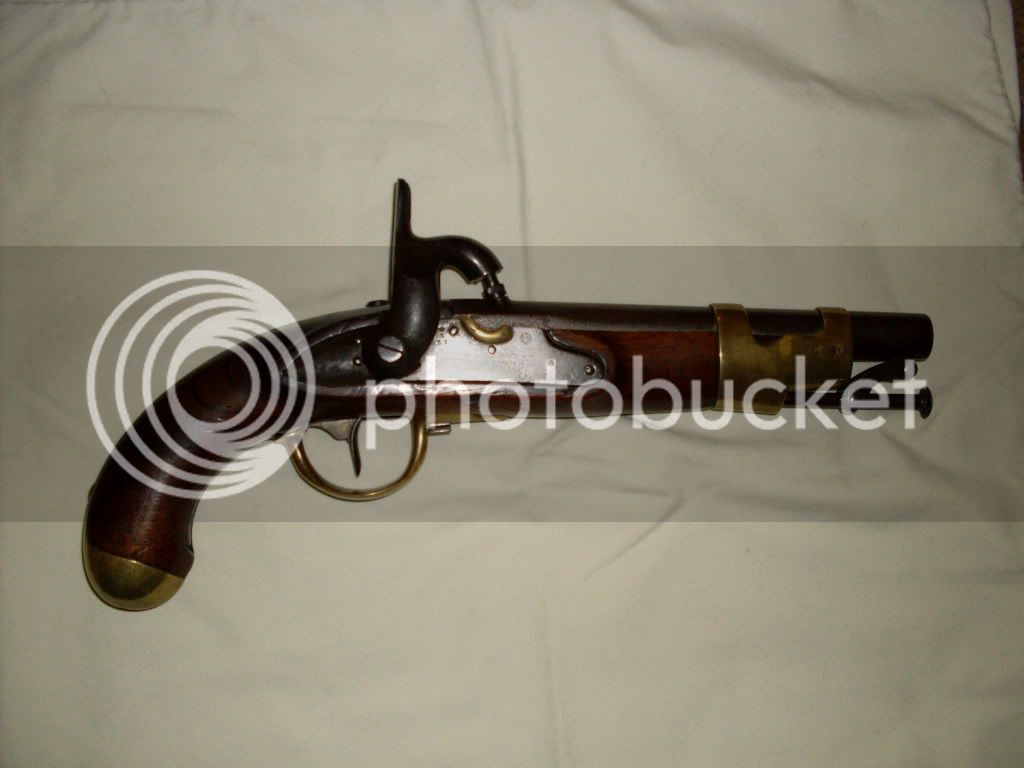
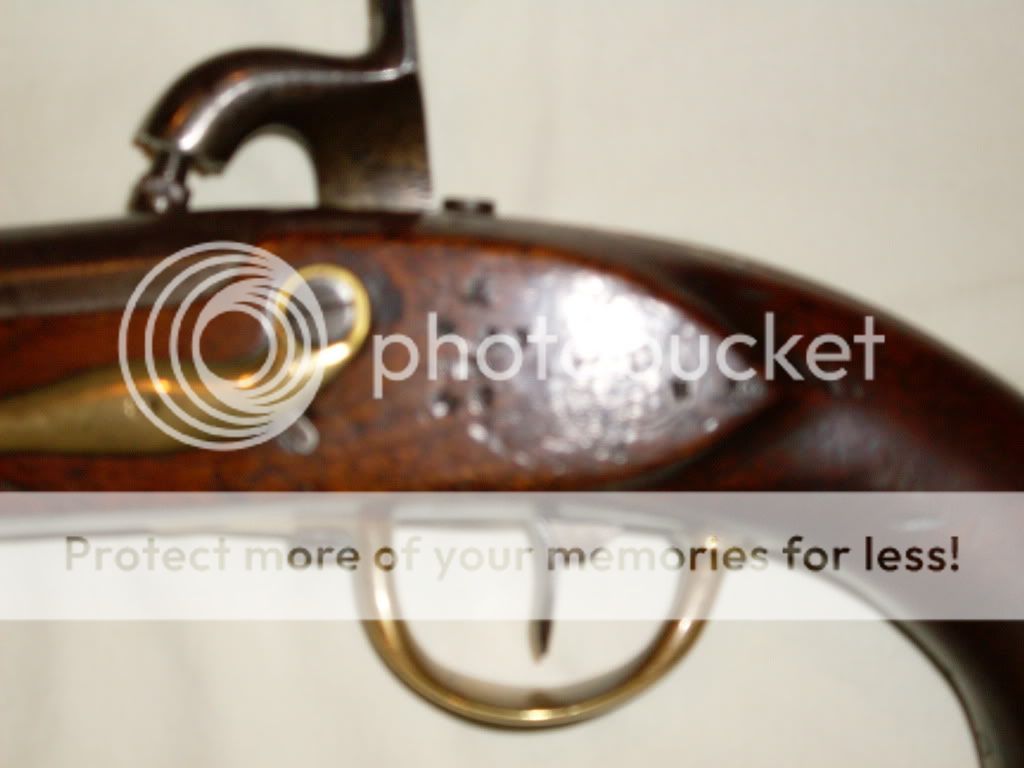
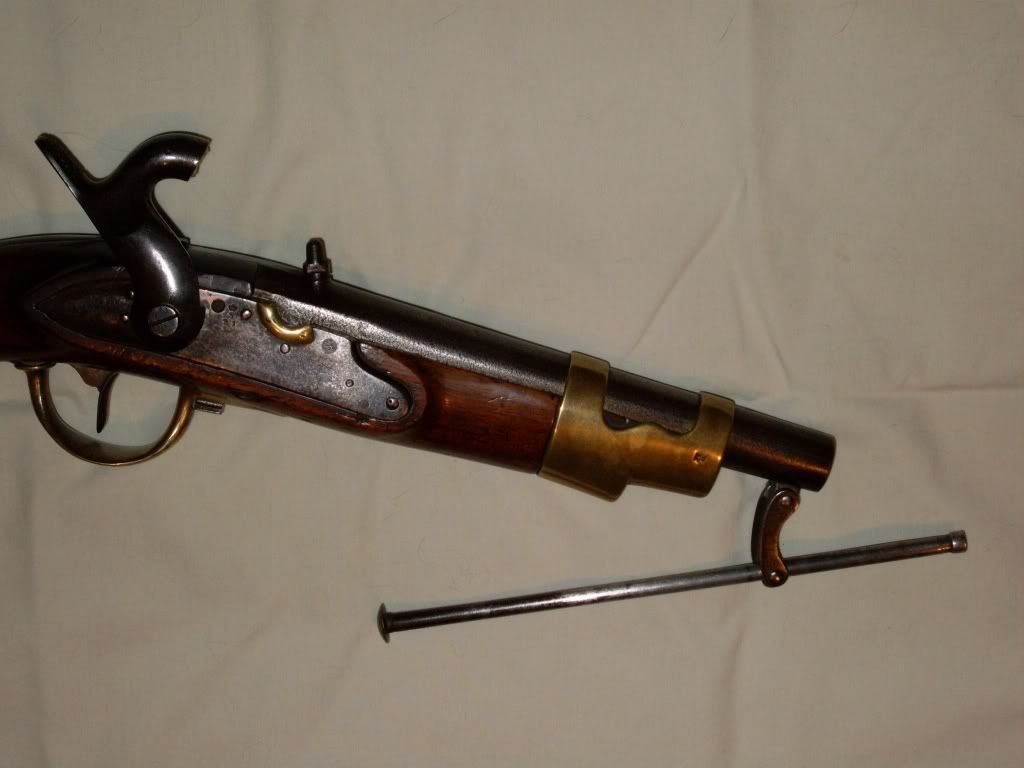
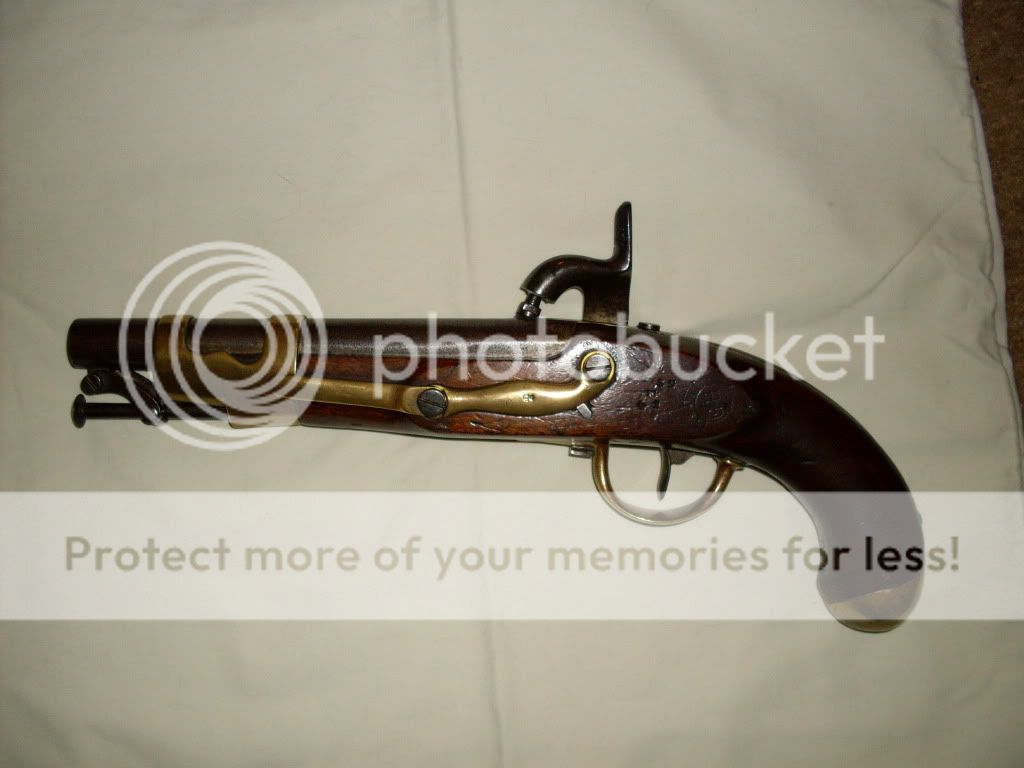
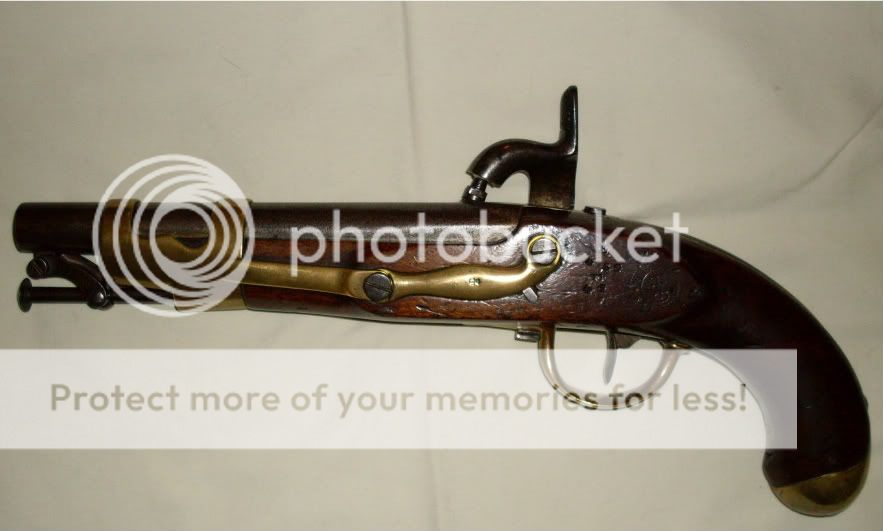
I am hoping that you folks could help me with this piece I bought a while back. It came to me through a gunsmith friend from an estate and since the owner had died the history of it was lost. I am trying to find out more about it, what its value may be and most importantly how to preserve it correctly. What I know is that it started off as a flintlock and was converted to percussion. I know that it was a British naval gun and at some point was transferred to the US military. It is in good working order, the percussion nipple is in like new condition and is threaded and there is no rust that I can see. There are several marking on the it that I will try to describe, but please excuse me if I get some of the nomenclature wrong as I am more of a modern gun guy and new to the old world tech.
Along the back strap it is marked “M 1821”. Most of the brass fittings are marked with a crown over “IP”. The barrel is marked with a small “CD” at the breach. The hammer has a small mark that looks like a crown over a “5” and its retaining screw has a mark that looks like a “5” or an “S”. The plate under the hammer is marked with a crown over an “S” over a “21”. On the opposite side of the hammer at the top of the stock there are several marks that I believe are inspectors marks from the top down they are “E” “4” “59” “M” and “41” It then has a circular stamp with “GH” in the middle and “1845” in the outer ring. There are a few other marks that are hard to make out or are symbols. My guess is the caliber is 60-64, but I’m sure how to tell for sure.
I don’t really have a desire to fire this one, but I would like to keep it clean and the fitting bright and shinny. So as the experts what should I use to keep it maintained? What’s my best avenue for tracking down its history and does anyone have a guess as to what this might be worth? Just wondering if I paid too much or too little.
Thank you for any info you can give me.
Jim















